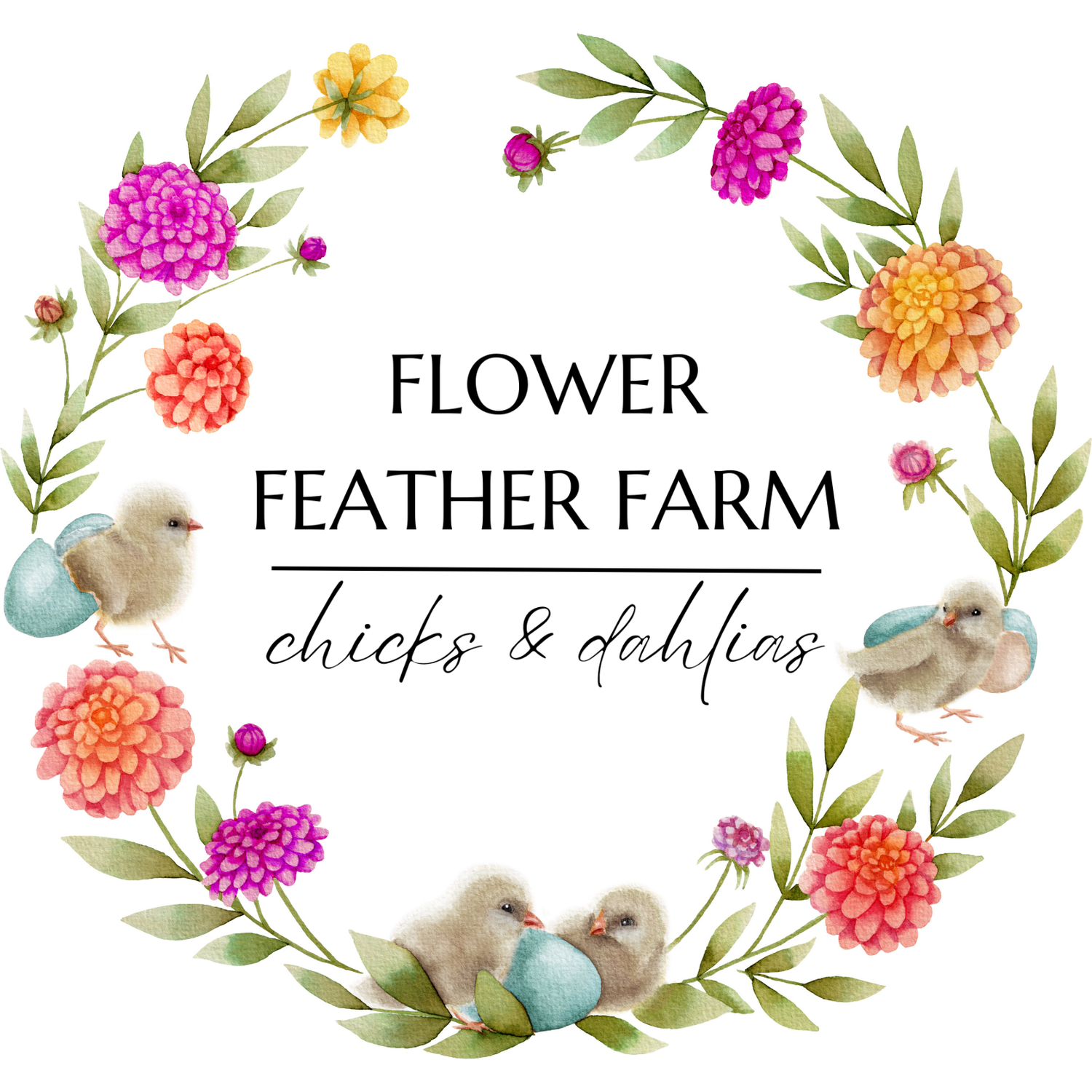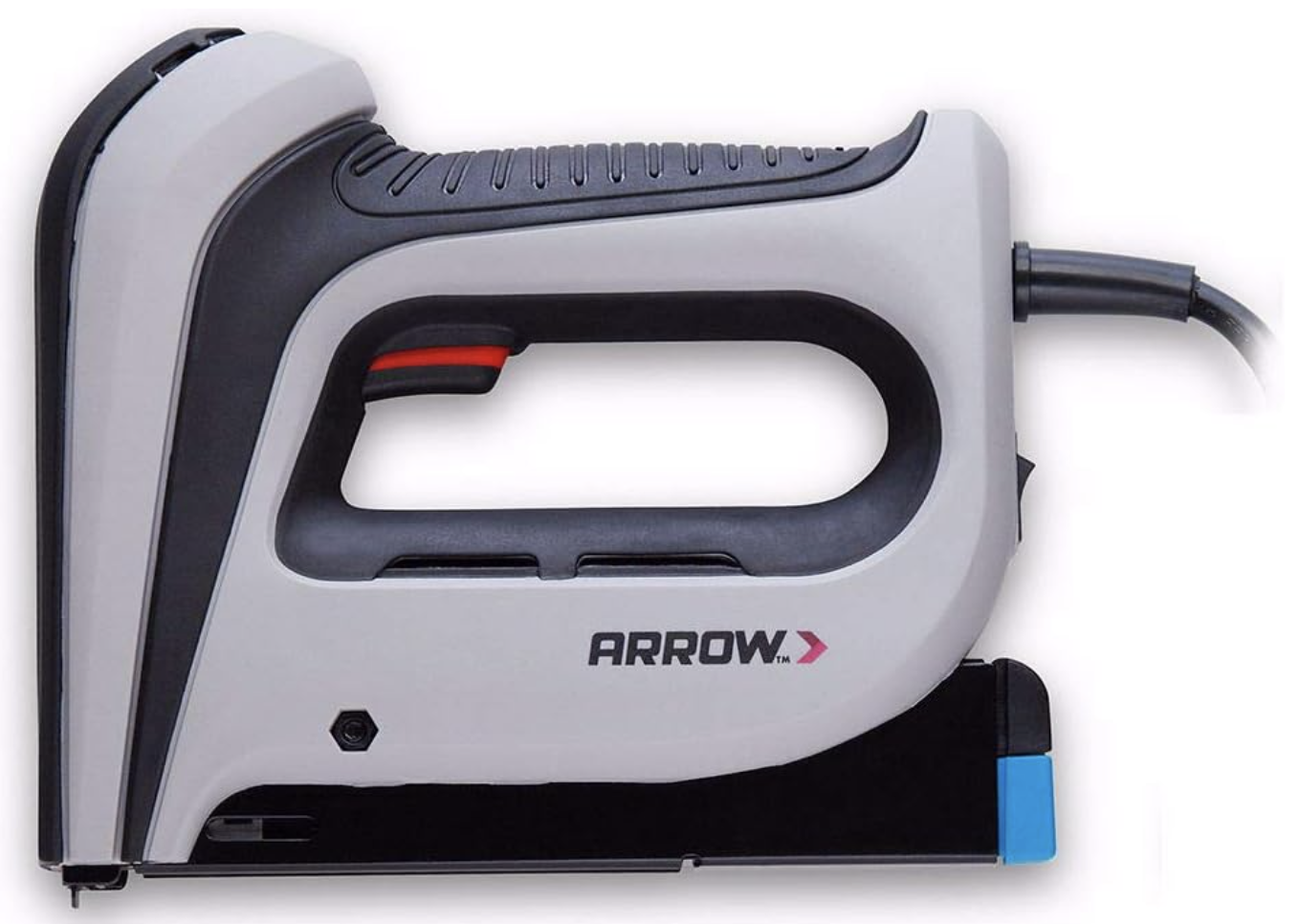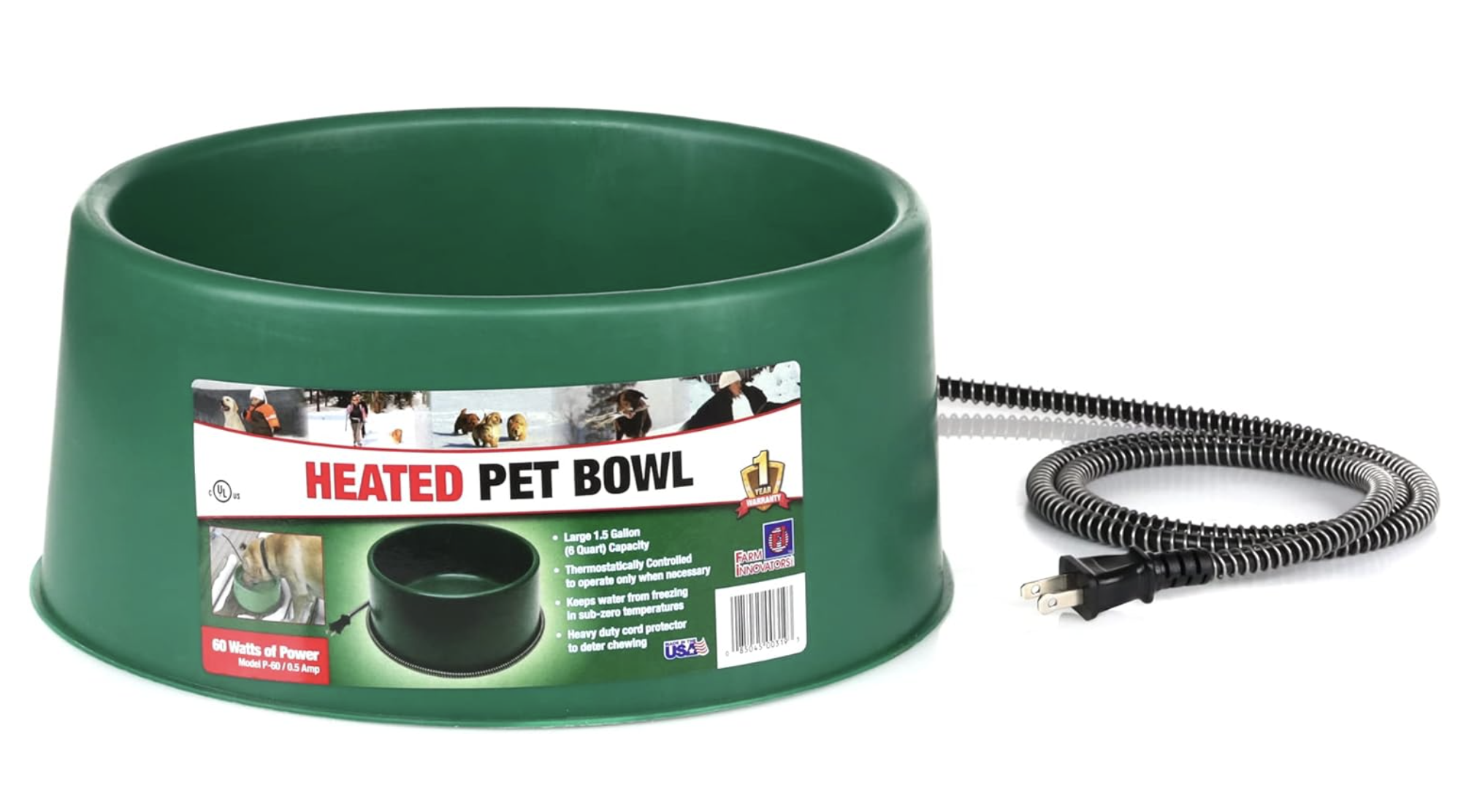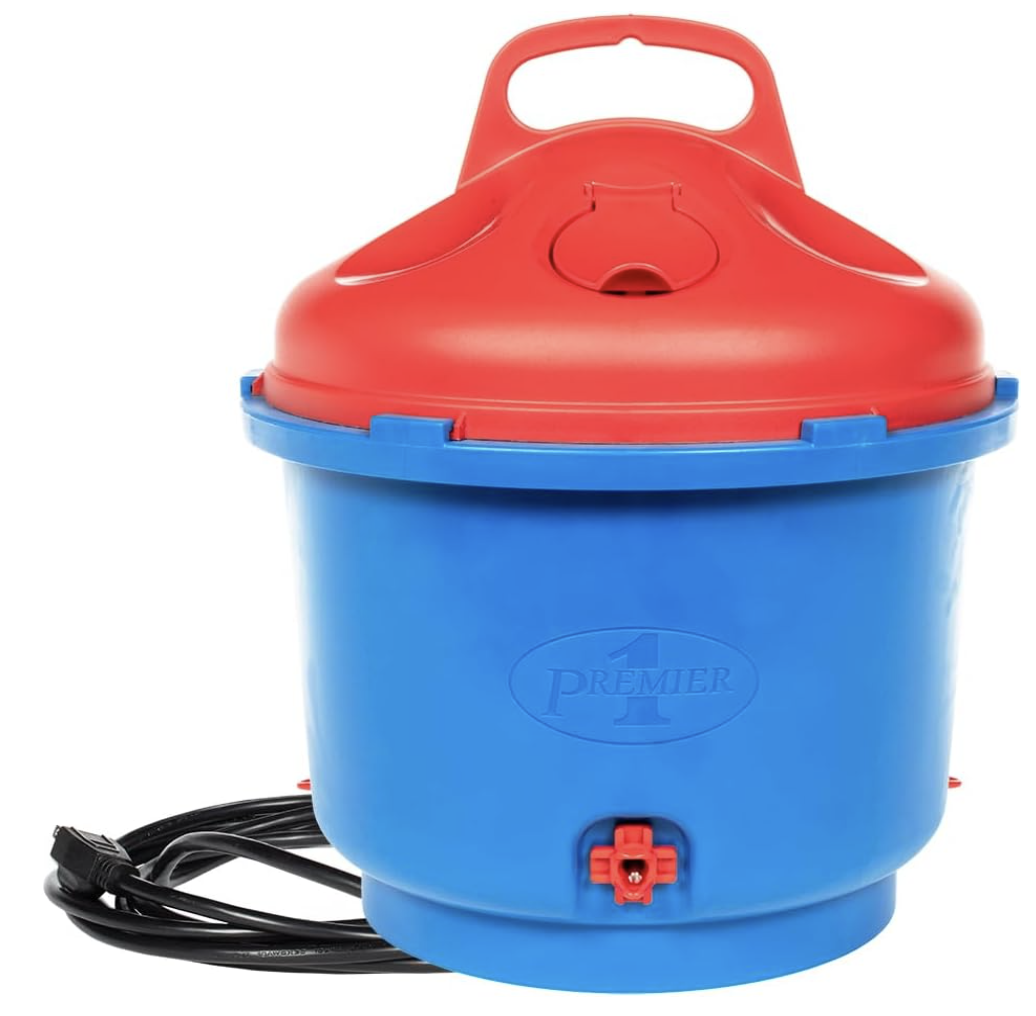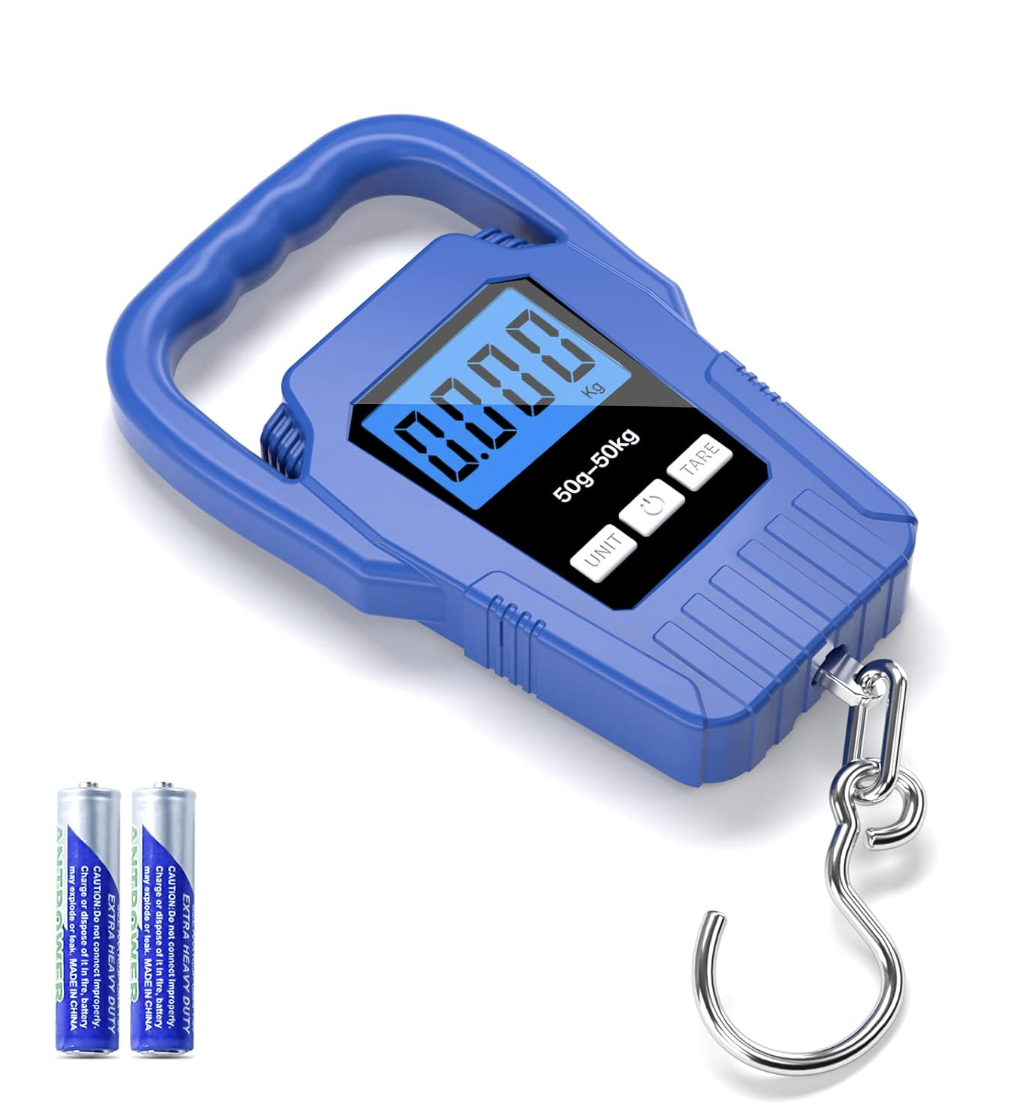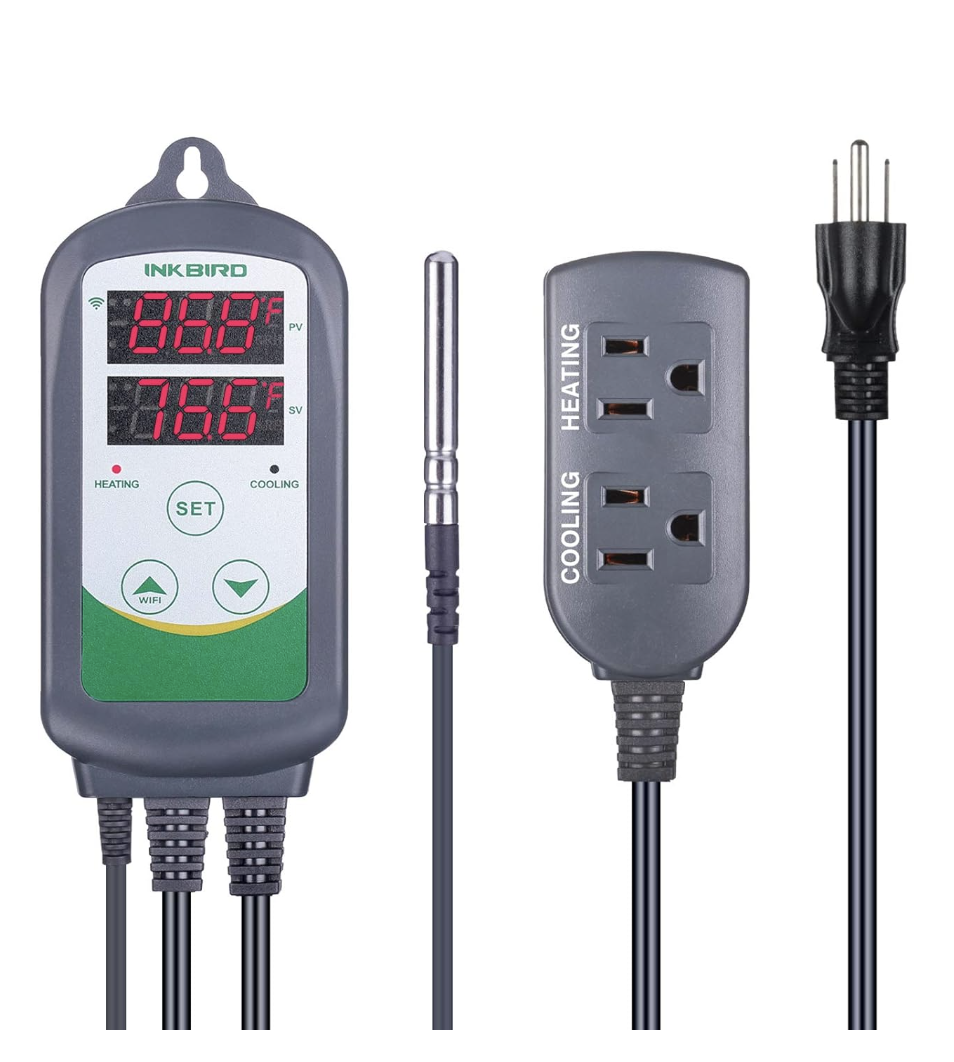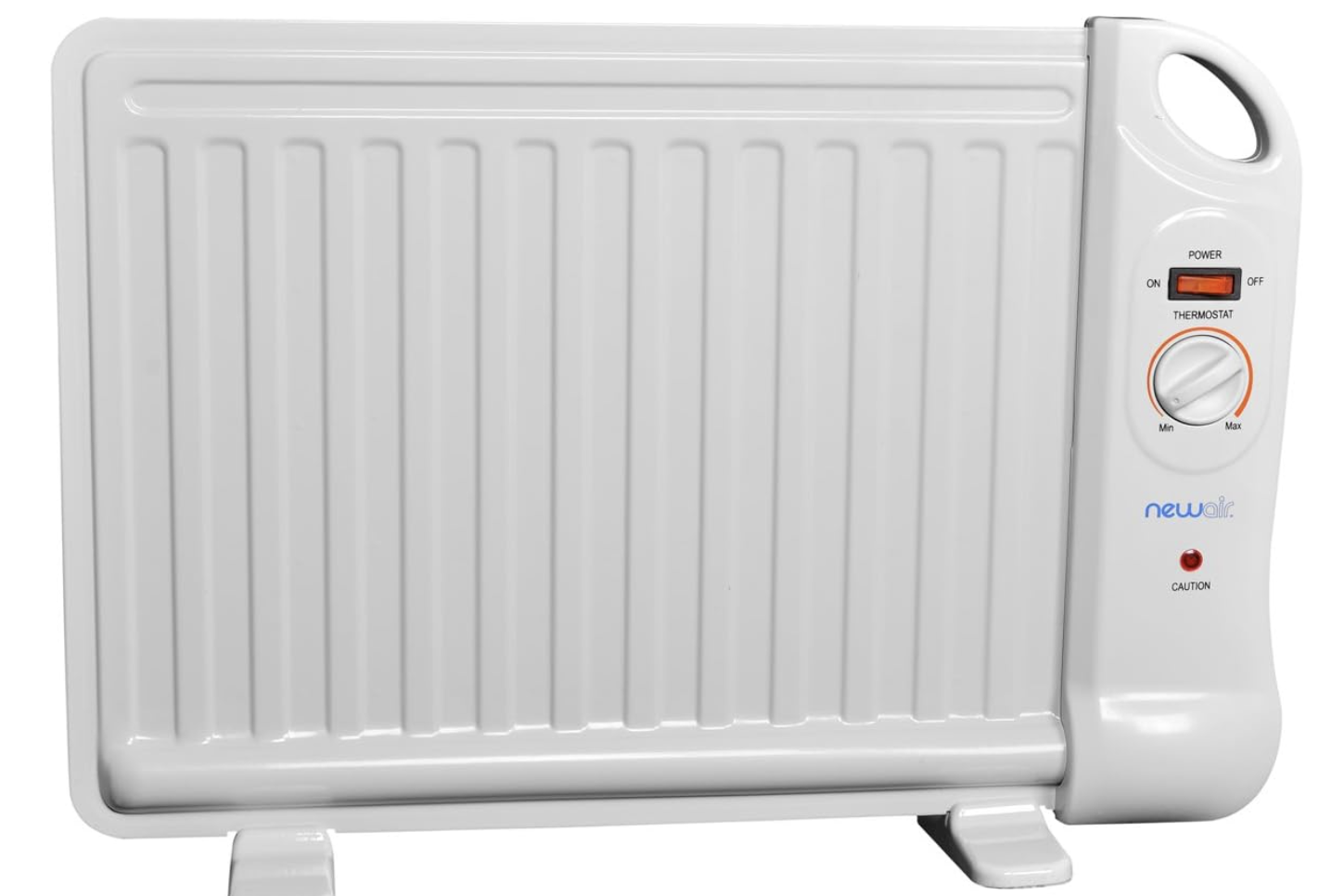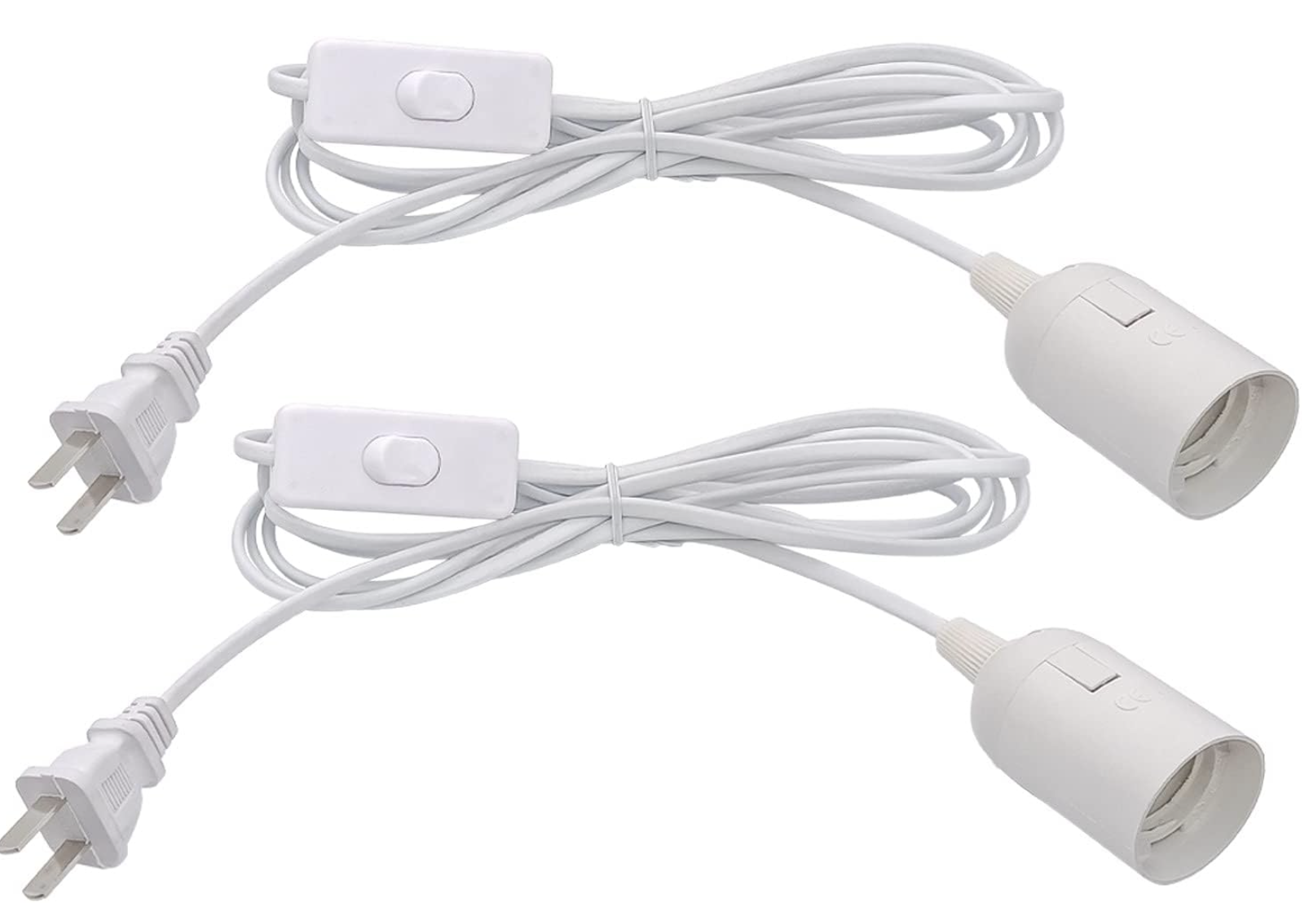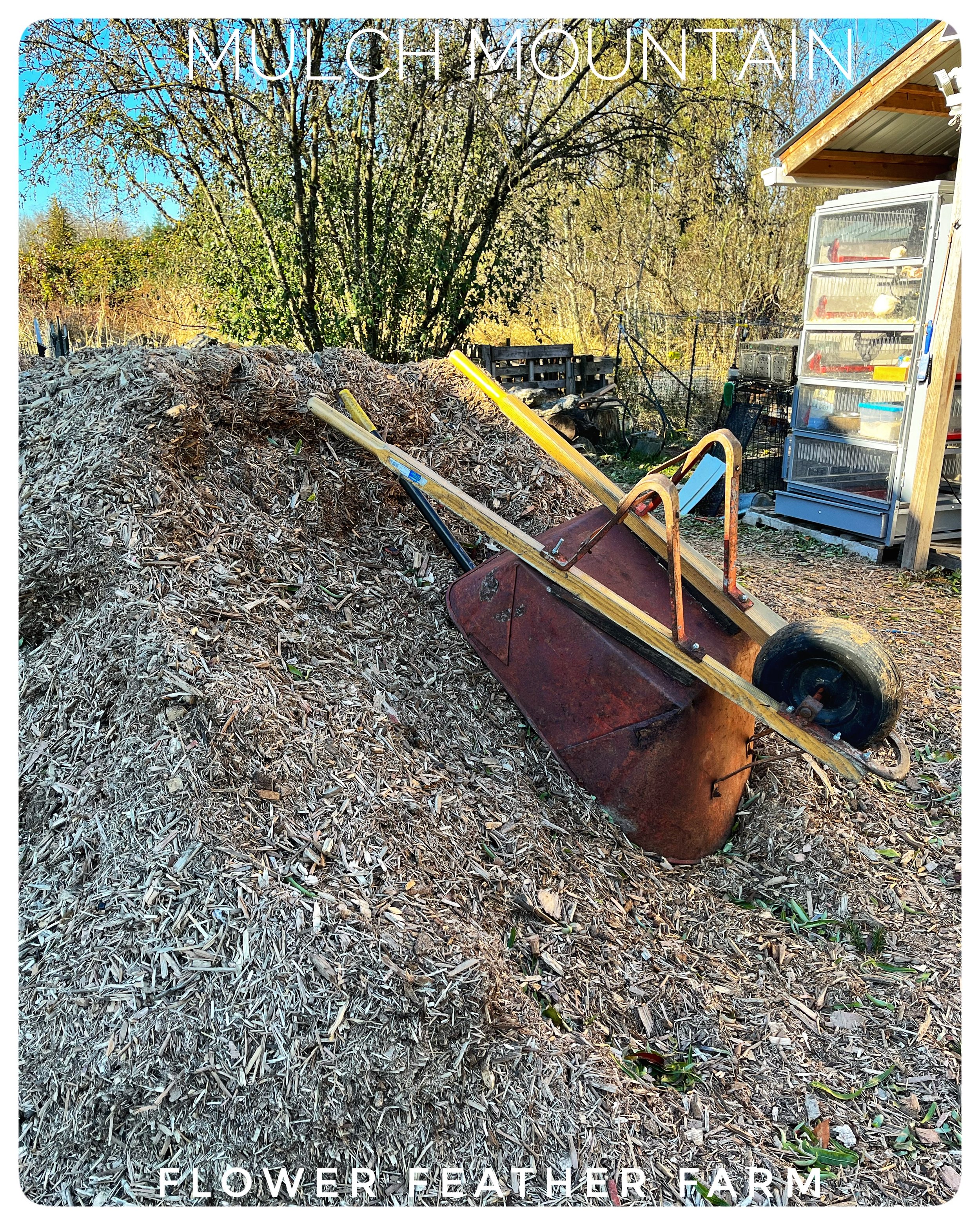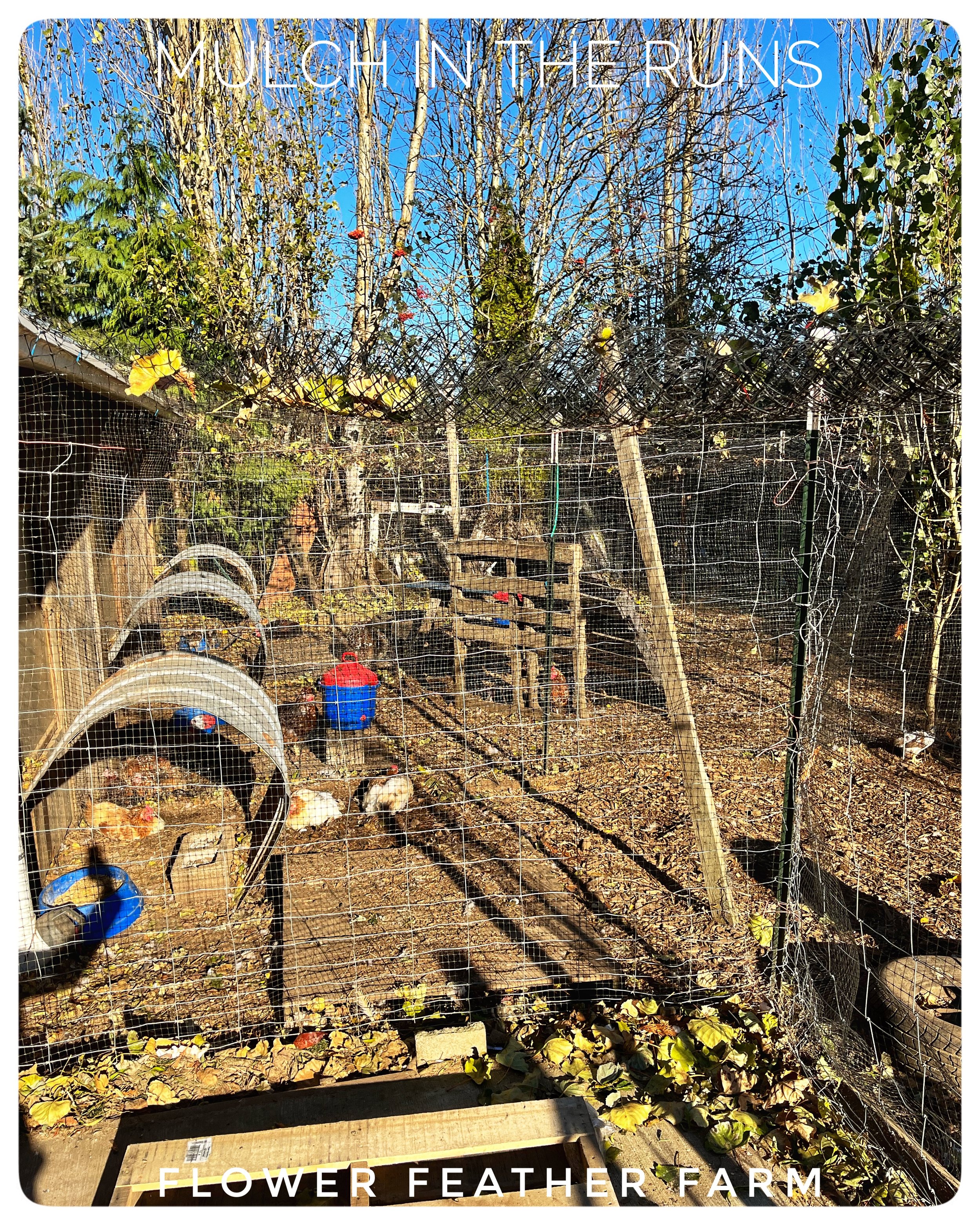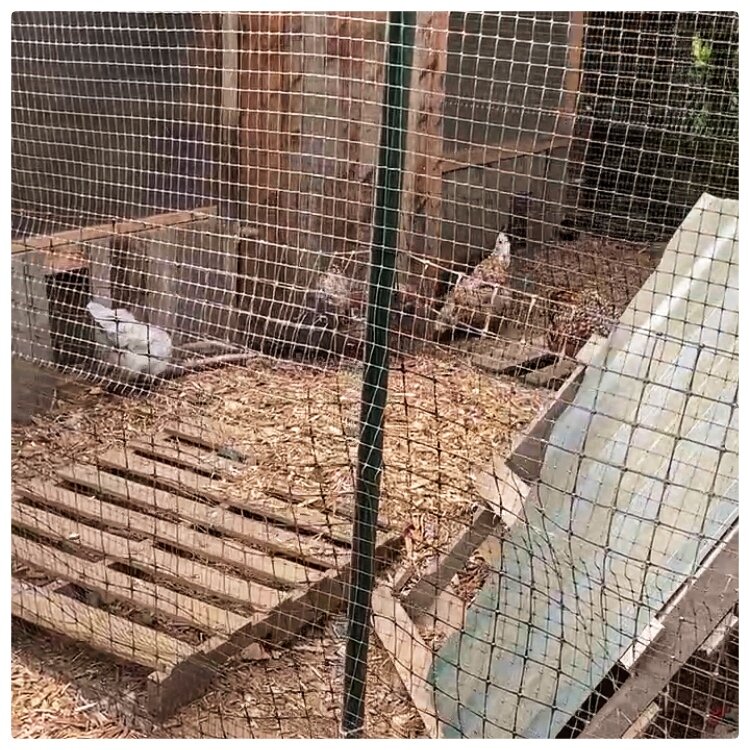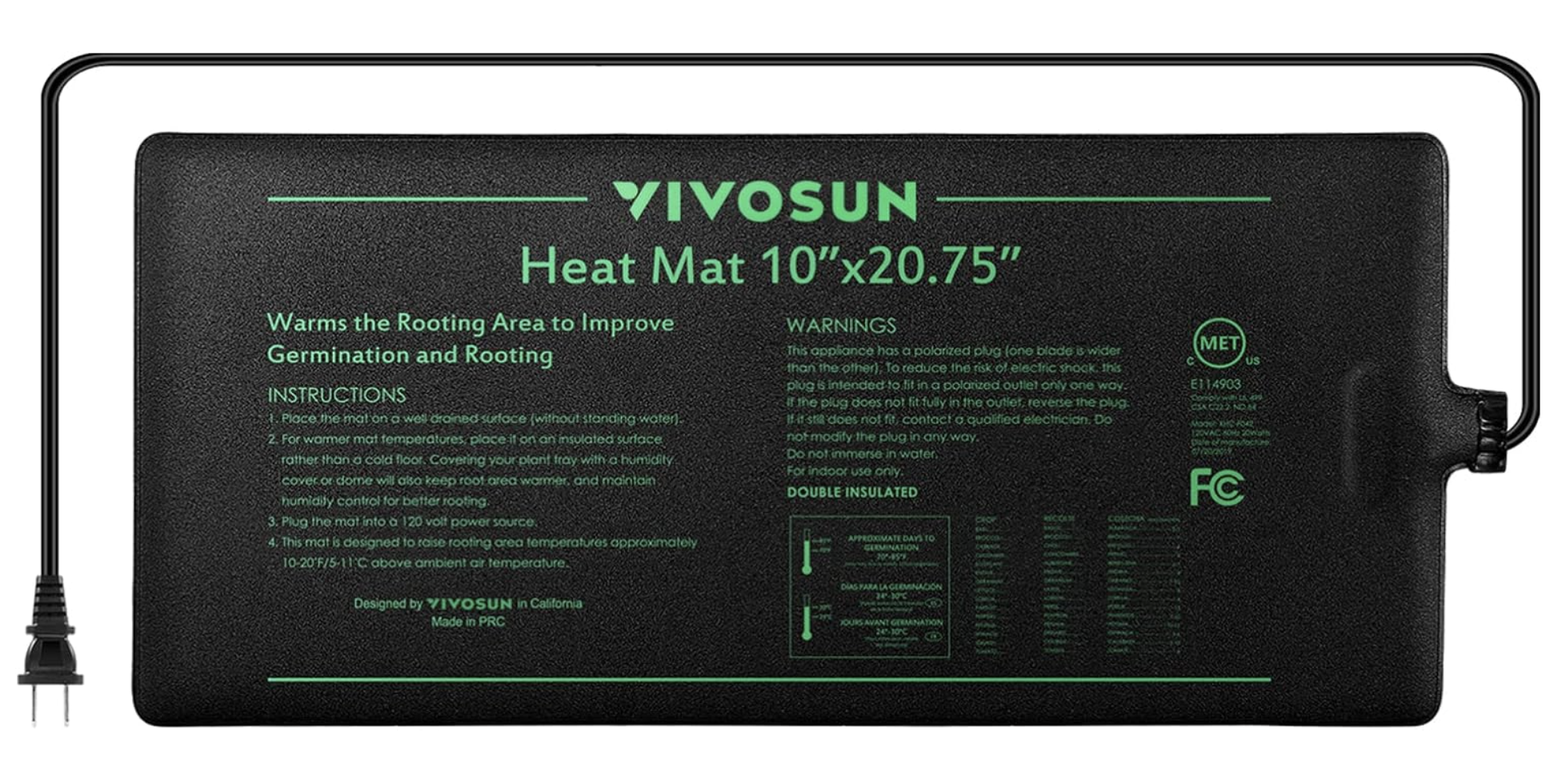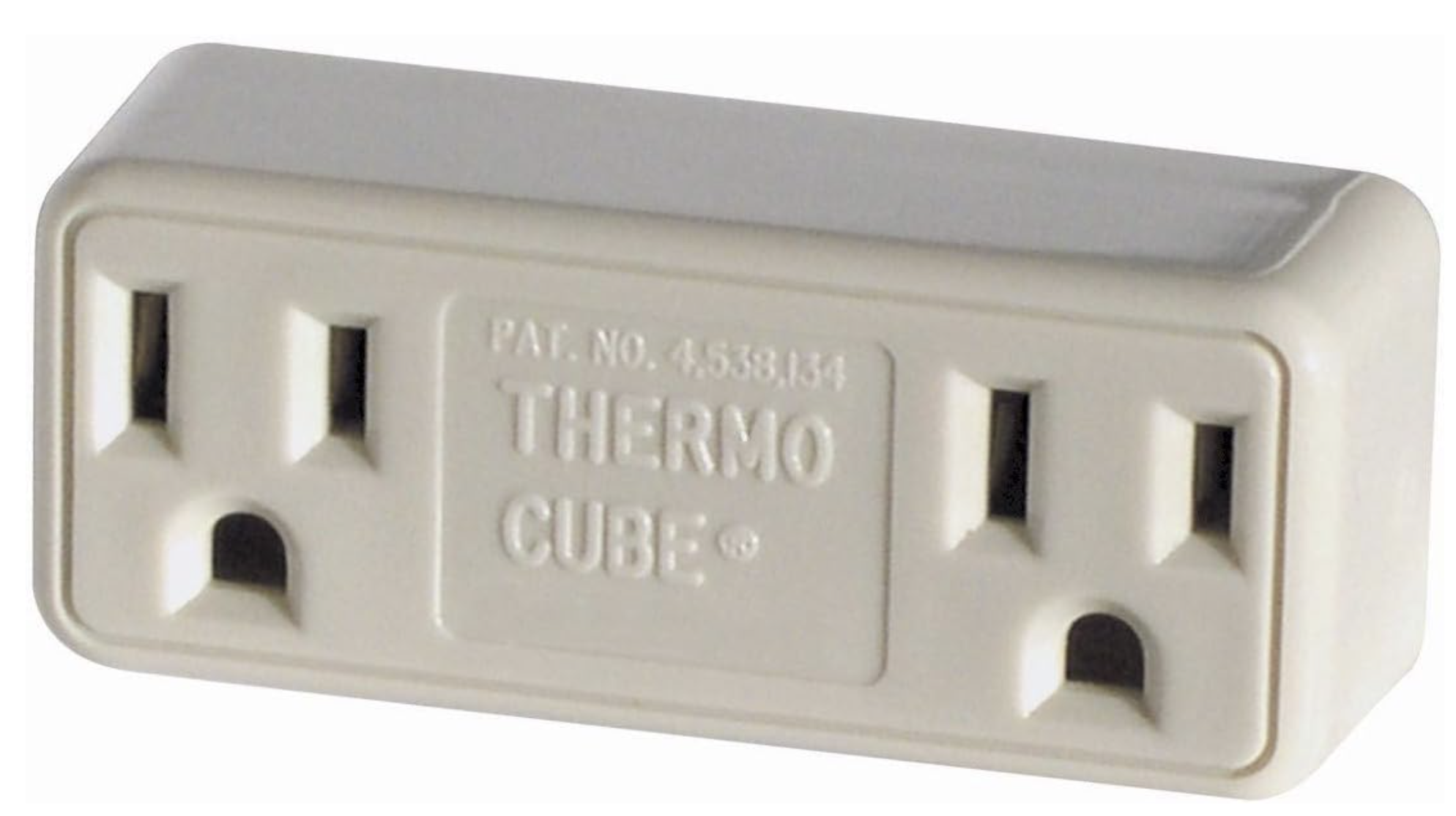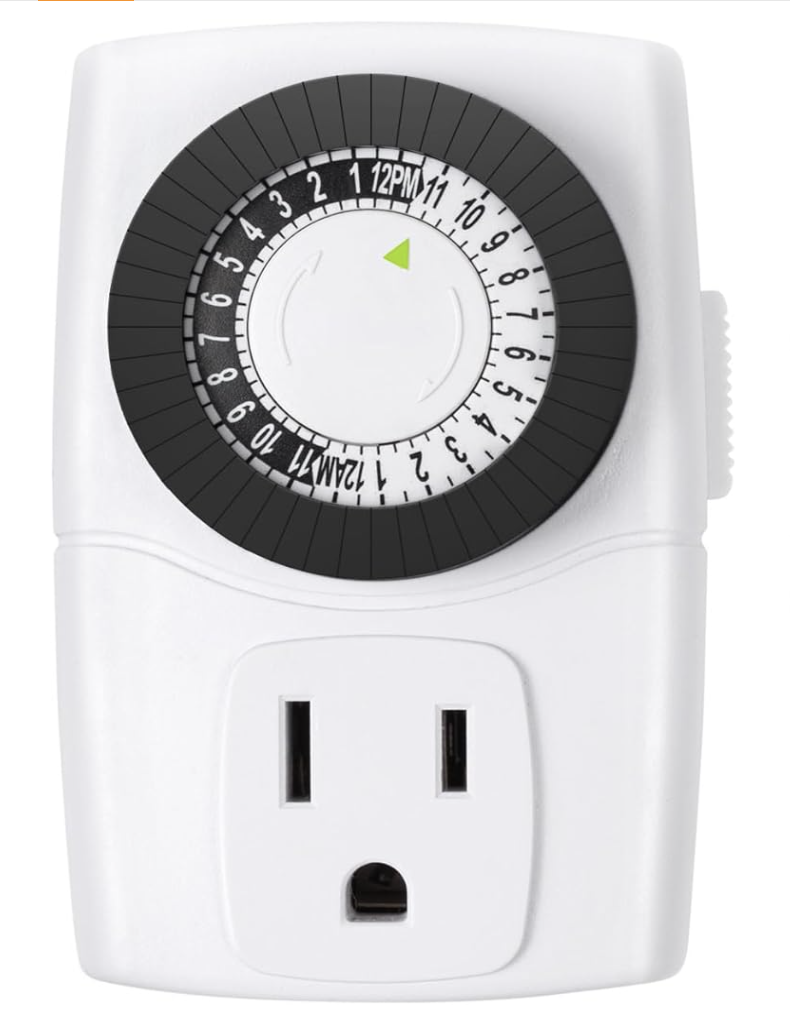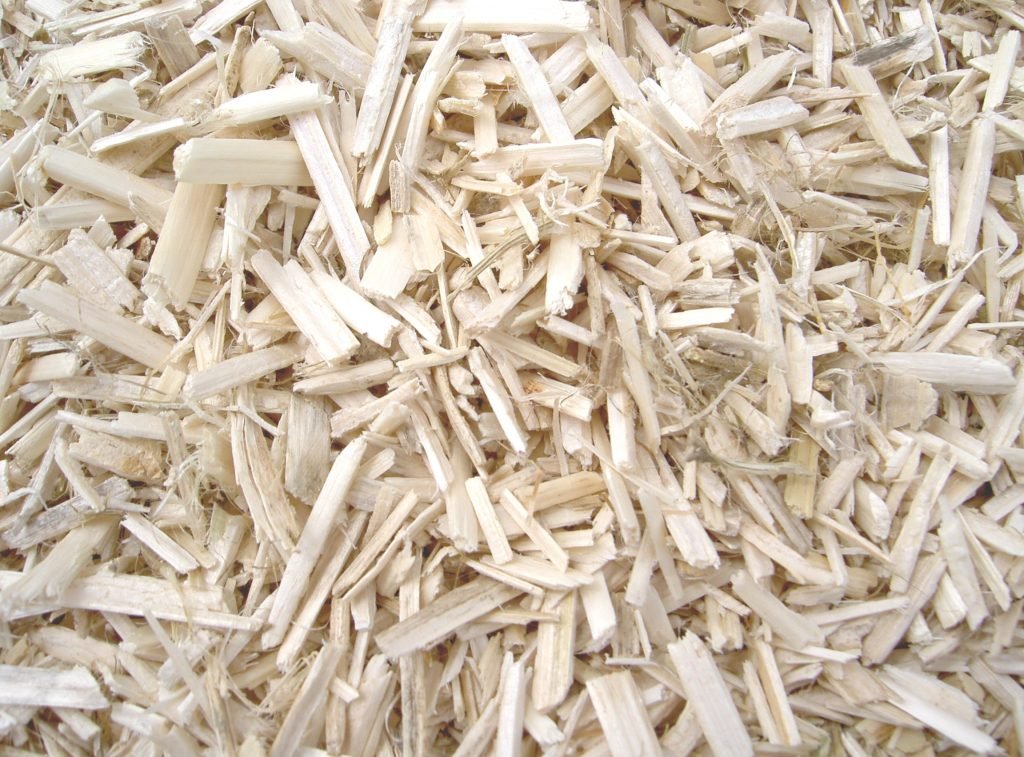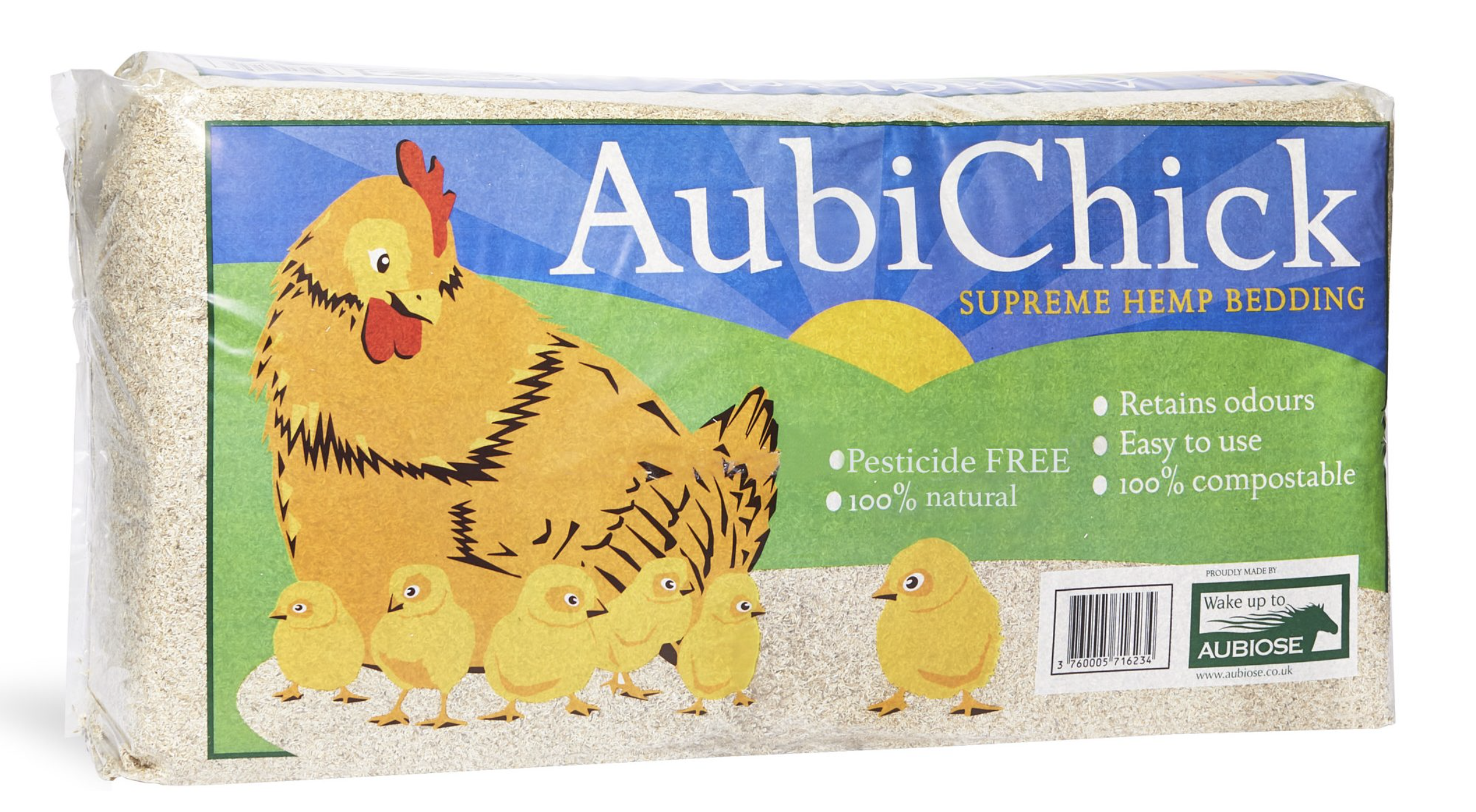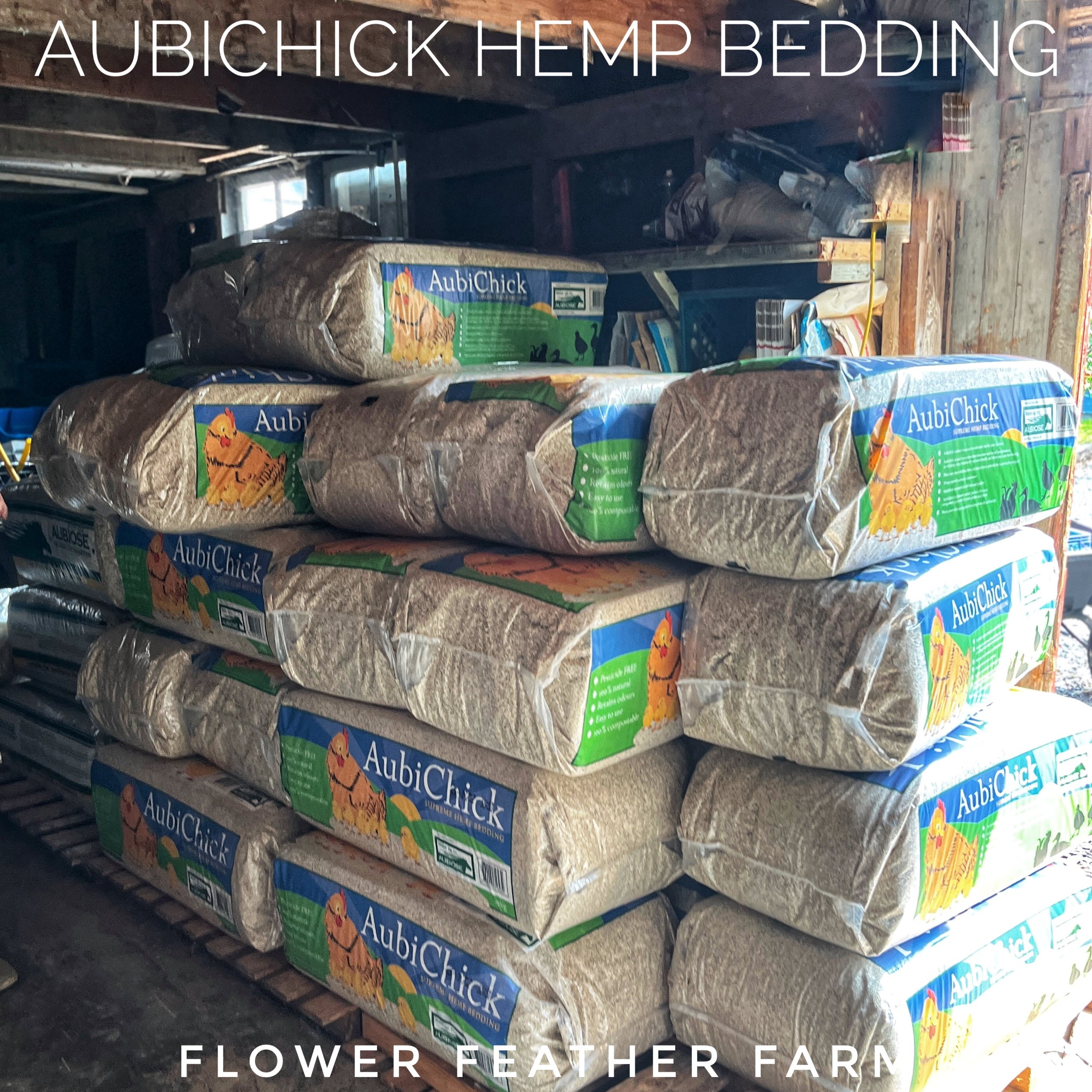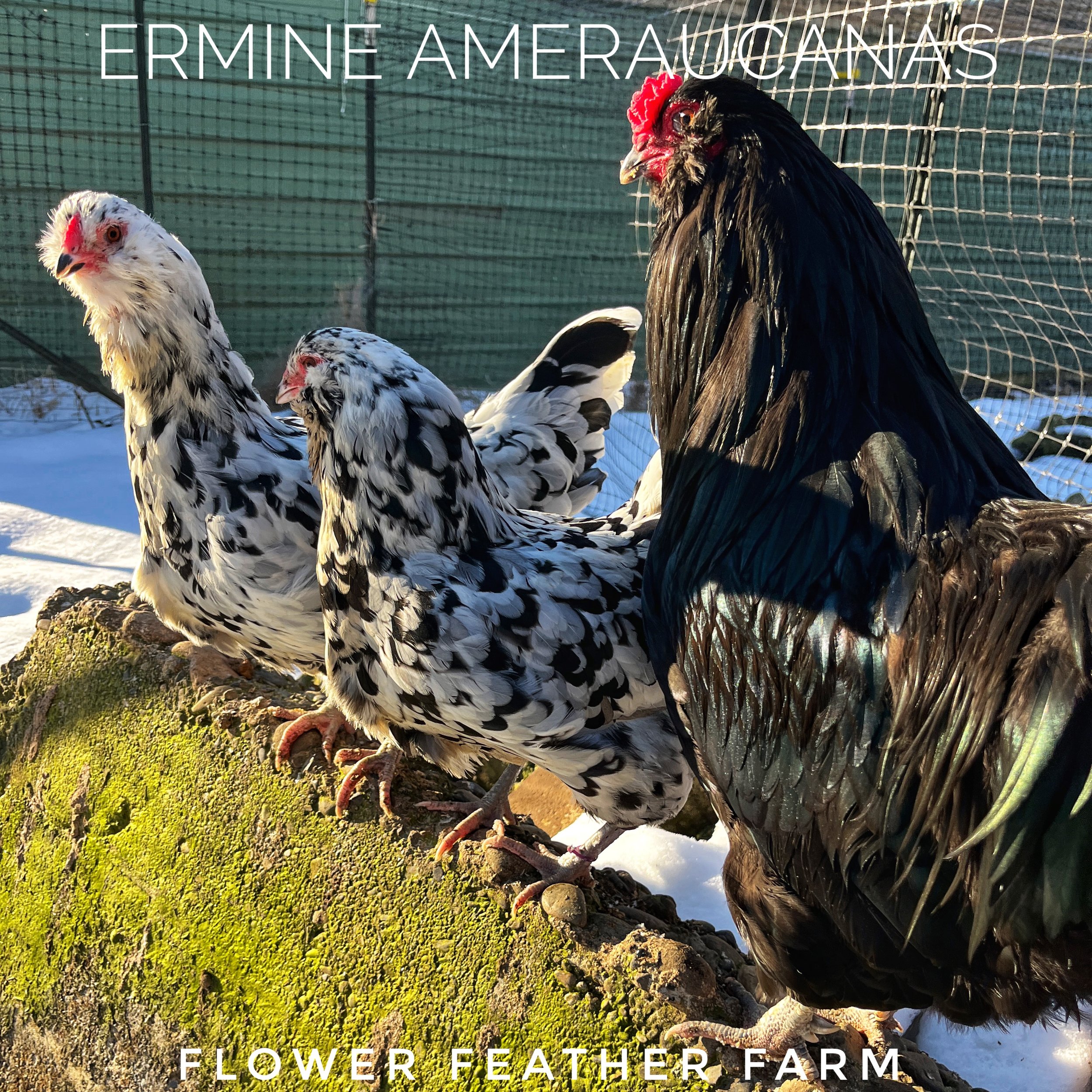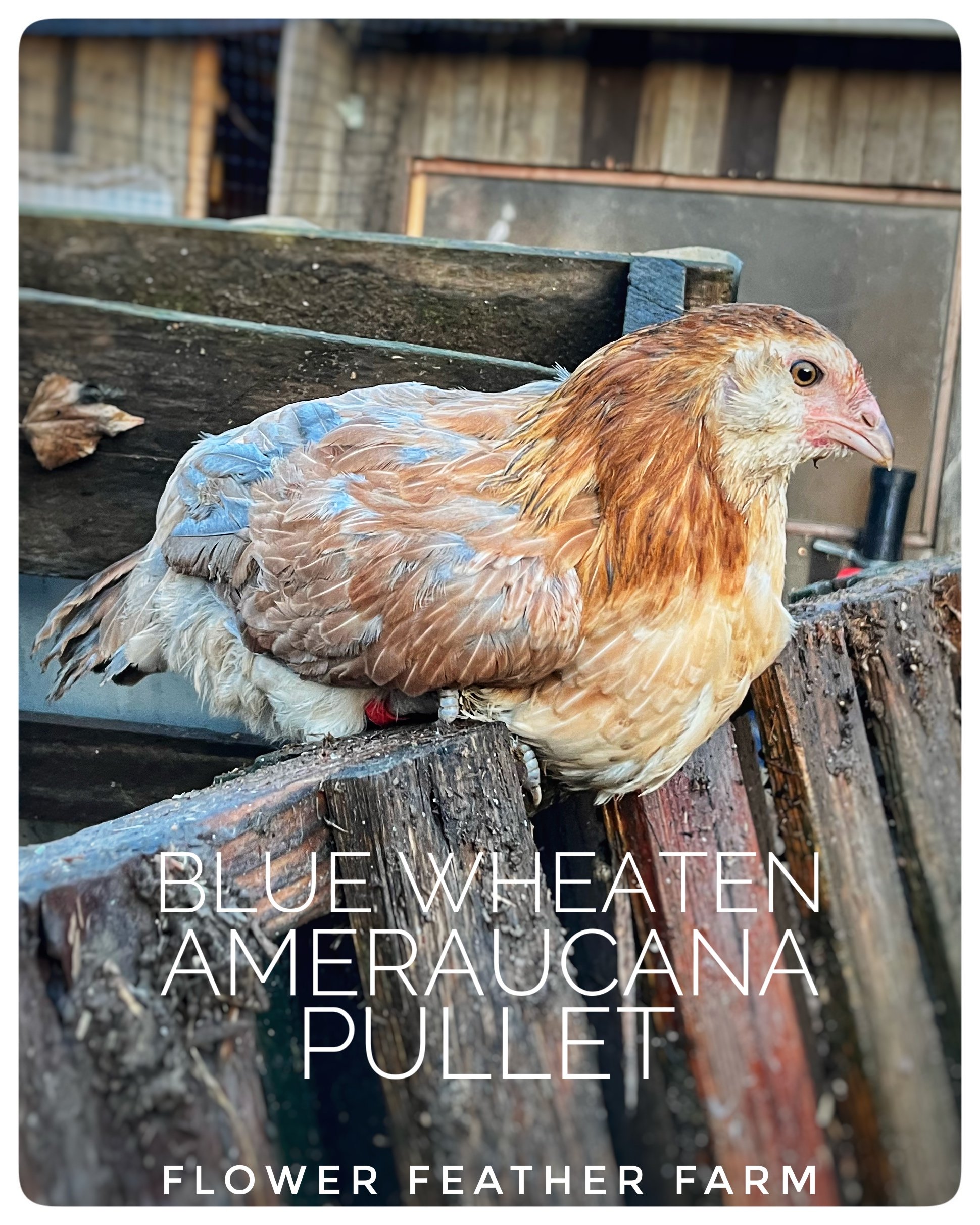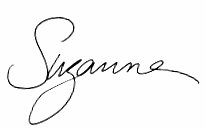Preparing the Coops for Winter
It’s wet and cold and dark and it’s going to get wetter and colder and darker. All month long we have been preparing the coops and runs for winter. Here is our ToDo list along with affiliate links to the mentioned products.
Seal up the gaps in the coop:
Any place where the wind can get through is getting blocked up. I often use old feed bags for this purpose and my super handy electric staple gun which makes the job so much easier.
Arrow electronic stapler and old feed bags seal up the cracks.
Set out the winter food dishes:
I box up my heated rubber bowls in the spring so the cords don’t suffer wear-and-tear during the warmer months. Now it is time to get them out and set them out and plug them in. No, it is not freezing yet, but I would far rather do it in mild weather than in icy cold. Remember we ferment the chicken feed so it has a high-moisture content which can freeze. If you don’t ferment, you don’t need heated feed bowls.
Set up the winter water system:
We unbox the insulated waterers (again, we put them away when not needed to prolong their life span) and get them set up and plugged in and ready to go. We have been raising chickens for over fifteen years, and this is the only heated chicken water system we have chosen to use in consecutive years. It is the best.
It works on a thermostat so it turns on when you need it and turns off when you don’t. The new models have a little opening that you can use to fill it without removing the lid, but even if you have an older one, the lid removes easily. If you are planning on hanging the waterer then the new model one would be the way to go. Also, if you are going to hang yours, get this spiffy scale so you can see at a glance if it needs water or not.
Then we need to make sure the water supply is protected from the cold. Our chicken coop is attached to a small building which we keep lightly heated to keep the dahlia tubers from freezing. In the winter, our hose manifold is moved inside where it can benefit from that heat. I have to walk a little farther to get the hose, but it’s worth it. We use the Inkbird Wifi ITC-308 Thermostats to turn the oil-filled radiators on and off as needed. Today, October 24th, Amazon has a generous coupon going for its Inkbirds and I do recommend the WiFi enabled one for two reasons:
much easier to program
can check temperature of building remotely.
I also recommend attaching a small light to the system that is positioned in such a way that you can see it from the house. It is so nice to be able to look out the kitchen window and know that the heat came on when it should and my dahlia tubers and shed pipes are not going to freeze. You can also attach one to your mash station thermocube.
Order Mulch if you Need It:
We get whatever is the cheapest cedar-free option. They bring it by the truckload and we haul it out to the runs to fight the coming mud.
Set up Feed Shelters:
I don’t want to feed them in the coop, and they don’t want to stand in the rain to eat, so each coop gets a little feed shelter that they can eat in and be out of the rain.
Alter the cleaning schedule:
We normally clean the coops and the runs on a rotation where each coop and run gets thoroughly cleaned three out of four weeks. With the nasty weather, the birds are inside so much more and skipping a week is no longer an option. So we have switched to our winter rotation of cleaning each coop every week and cleaning the runs when we get there.
Order food supplements:
In the colder months, I do a late afternoon egg swoop and snack run. I offer Natural Farm Feeds Custom Scratch to make sure their tummies are full before bedtime. If they are still recovering from a molt, I like to offer Feather Fixer as well. The best, and most popular, is GrubTerra’s Black Soldier Fly Larvae. They do crazy for it, and it is good solid protein.
Fermenting station heat and thermocubes:
Because we ferment the feed, we provide supplemental heat to the fermenting buckets. I use seedling mats on thermocubes to keep my fermenting buckets at just the right temperature. If you aren’t familiar with thermocubes, they are the best little devices ever, turning on at 35 degrees Fahrenheit and off at 45 degrees Fahrenheit.
I set the seedling mat under my 5 gallon fermenting bucket within a bin. This keeps the mash at a decent temperature for the fermentation process to occur.
Set up Supplemental Light in the Coops:
We add extra light on a timer to get the birds up to 12 hours of light a day. Some people think this is awful, and I would agree if the extra lights were on more than 12 hours. My thinking is that the equator, the birds are still getting 12-hours of light a day, so mine will do just fine with the same.
Do NOT add Supplemental Heat to your Coops:
Please do not add heat to your coops. The problem with heating the coops is that the chickens do not develop a full winter coat of feathers and fluff. In the event that you lose power, they will not be adequately prepared and will suffer thereby. You can better serve them by sealing up the gaps and providing lots of warm bedding. I use hemp.
What Else?
What do you do that I forgot to mention?
Amazon Store Front
For your convenience, I have links to all these products in my Flower Feather Farm Amazon Storefront.
